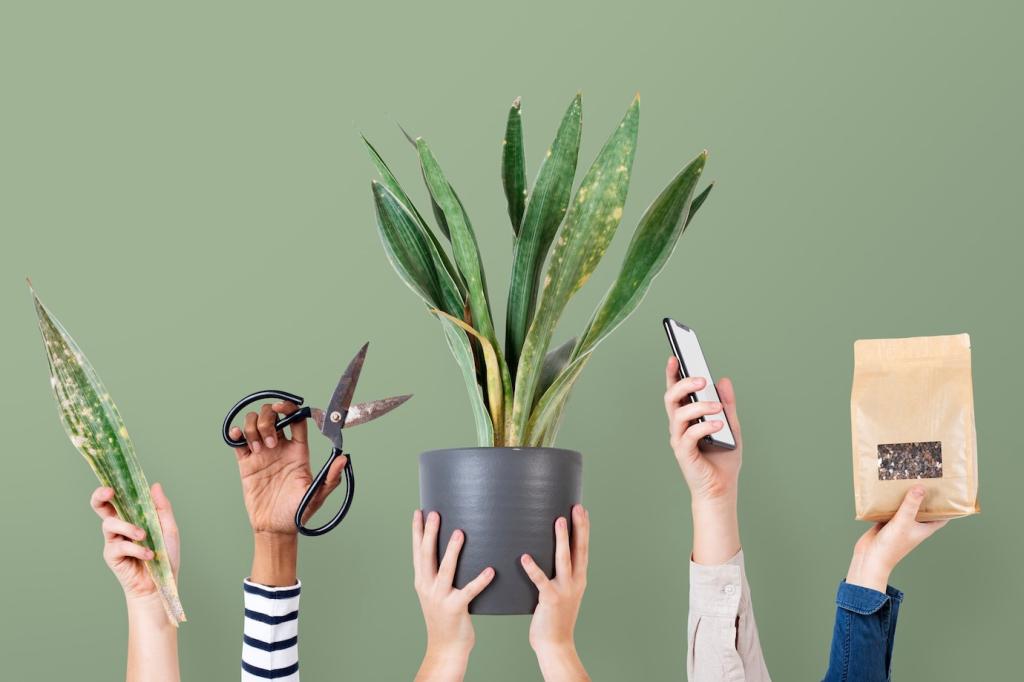Tactility, Beauty, and Objects That Age Gracefully
Cork’s warmth, linoleum’s matte softness, and bamboo’s lively grain bring calm, tactile richness. Plant-based oils and waxes are repairable, encouraging gentle maintenance rituals. Share photos of finishes you love, and we’ll publish a guide to recreate that touchable depth at home.
Tactility, Beauty, and Objects That Age Gracefully
Mineral and plant pigments, recycled content speckles, and algae-derived hues create nuanced palettes rooted in place. We test lightfastness and cleanability so color joy lasts. Vote on upcoming limited palettes, and we’ll co-create a community-inspired finish collection.
Tactility, Beauty, and Objects That Age Gracefully
A grandparent’s oak chair was revived with milk paint and a hemp webbing seat, becoming a beloved reading spot. Stories like these anchor sustainability in emotion. Comment with your restoration wins, and inspire others to repair rather than replace.

